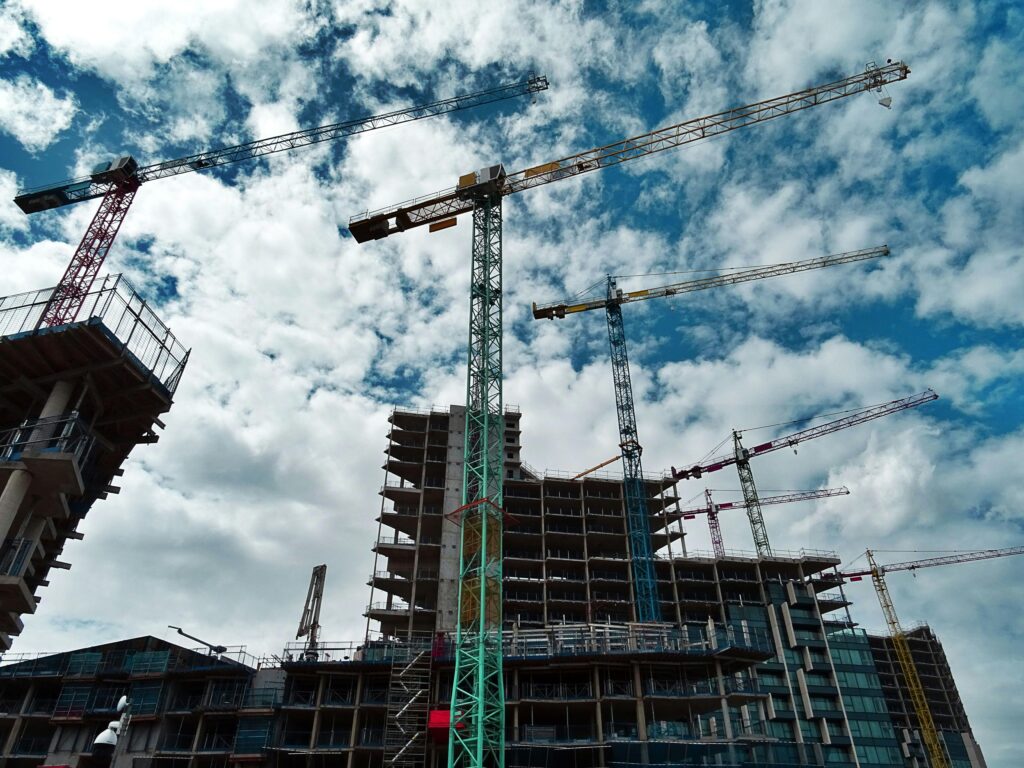Construction is a hazardous sector which necessitates the need to comply with health and safety regulations. While these regulations are a legal requirement they are designed to save lives. Understanding the risks of non-compliance is crucial for every stakeholder in the sector.
In 2023 there were 5900 reported accidents on construction sites, of which 1900 were ‘struck by’ type accidents. This is where the injury resulted from contact or impact with an object or piece of equipment. This can be as broad as being hit by a motor vehicle on site, to site-specific equipment being the culprit. Another high-frequency accident is falls, which range from ladder falls to scaffolding falls between different floors. The definitions are robust so health and safety encompasses a broad framework which ensures that human lives are prioritised on any site. Ignoring health and safety is not really an option. Morag Evans CEO of Databuild says, “ From a liability perspective, if a company has not made any legal appointments as prescribed by the Occupational Health and Safety Act (OHSA), the liable party automatically becomes the CEO of the business. Furthermore, if injuries occur without the employer taking the necessary pre-emptive steps as prescribed by the OHSA, there will be significant financial repercussions as well as criminal liability, potentially leading to imprisonment.” While the focus on health and safety is about saving lives there are severe financial implications for businesses that are not compliant. The average cost per claim for workmen’s compensation is R51 494, while the upper end sees claims of R185 000. Employers may also face fines up to R1 million for breaches, and in severe cases, imprisonment for up to two years. Moreover, the Department of Labour has the authority to shut down a workplace if it poses a risk to employee health and safety. This can have significant reputational damage on a business which it will find difficult, if not impossible, to recover from.Navigating challenges
One of the biggest challenges in maintaining compliance with health and safety legislation is navigating the complex regulations and difficult government platforms required for reporting Injuries on Duty (IODs). These obstacles can make compliance expensive and daunting, especially for smaller firms that do not have dedicated health and safety resources to call upon.One of the ways to overcome this is by appointing a specialist OSHA consulting firm. Such a firm can assist the construction company in setting up the necessary compliance frameworks, training staff, and managing ongoing safety requirements. Having access to such a partner also means the company can use them to handle IODs if they should occur.
However, to foster a safe working environment, companies must prioritise consistent training and maintain visible safety signs in high-risk areas. Daily reinforcement of standards and consistent disciplinary actions for contraventions are essential. These practices help create a culture where safety is seen as non-negotiable, encouraging every employee to take personal responsibility for their safety and that of their colleagues.









